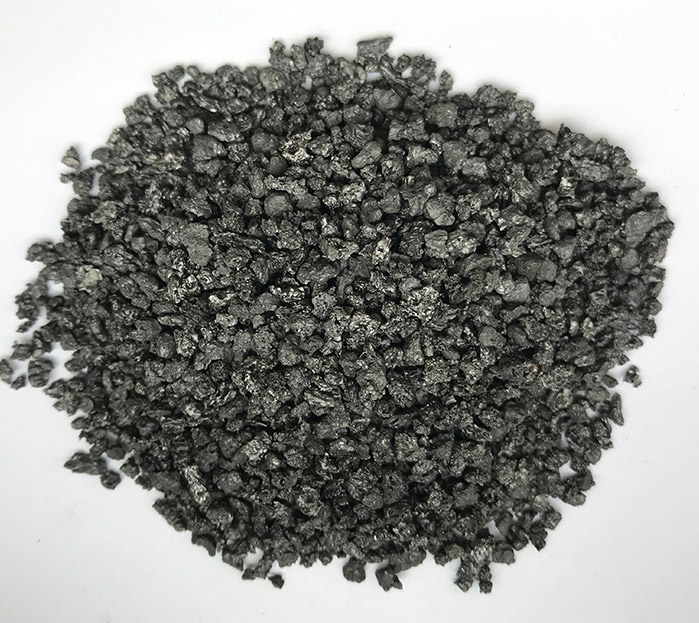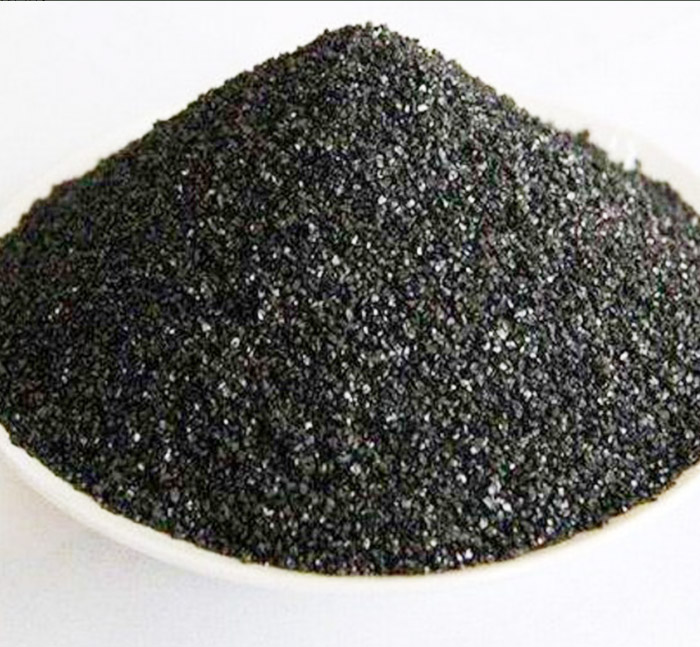As an important raw material in the contemporary chemical industry, the high-temperature calcination process of petroleum coke has a significant impact on the quality and yield of petroleum coke production. This article discusses the production significance of high-temperature calcination of petroleum coke and explores the high-temperature calcination technology of petroleum coke. For reference and reference by enterprises.
The significance of high-temperature calcination of petroleum coke
Petroleum coke calcination is one of the main processes in the production of aluminum anodes, which aims to eliminate the volatile components of raw materials, improve their density, mechanical strength, conductivity, and chemical stability. During the calcination process, petroleum coke undergoes changes in both its elemental composition and organizational structure, resulting in significant improvements in the physical and chemical properties of the raw materials after calcination.
This special product property can meet more requirements of the chemical industry and is therefore reused by some industrial enterprises. During the calcination process, the thoroughness of the calcination degree and the pertinence of the calcination process will affect the yield and accuracy of petroleum coke. Therefore, studying high-temperature calcination technology is of great significance for petroleum coke.
Analysis of Two High Temperature Calcination Technology for Petroleum Coke
Based on the requirements of the chemical industry in China for the quality, safety, and production rate of petroleum coke calcination products, common high-temperature calcination methods in China currently include rotary kilns, coke ovens, and tank furnaces. We will now compare the principles, characteristics, applicability, economic indicators, and other aspects of several calcination technologies in order to provide reference for enterprise production.
(1) Rotary kiln calcination technology
1. Principle analysis: The combination of rotary kiln technology and the special physical structure of rotary kilns can achieve effective heat treatment of solid petroleum coke. The principle of rotary kiln technology relies on the external temperature rise and rotation during the calcination process of petroleum coke to accelerate internal chemical reactions, thereby accelerating the combustion rate of petroleum coke and producing high-temperature calcined petroleum coke.
2. The rotary kiln technology mainly includes the following processes:
1) Preheating: By slowly rotating the cylinder and adding a certain amount of combustion aid, the internal petroleum coke reaches the ignition point and burns slowly;
2) Calcination: external acceleration of cylinder rotation, while increasing temperature calcination, intensifies internal petroleum coke chemical reactions;
3) Cooling: After the evaporation of water, petroleum coke condenses to produce high-precision petroleum coke.
3. Advantages, disadvantages, and practicality analysis: Combined with the large-scale industrial production, rotary kilns have the characteristics of simple operation, high output, low cost, and convenient maintenance. They can effectively operate for enterprises for 20-30 years and are suitable for the use of various carbon based petroleum coke. At the same time, the rotary kiln itself utilizes principles such as the rotation of internal combustion materials and chemical reactions to save the cost of combustion aids. However, when petroleum coke rotates along the axis of the cylinder, high temperatures can easily cause wear and detachment of refractory materials, resulting in unstable quality of calcined products, with high-precision production accounting for only about 10%.
Therefore, based on the characteristics of rotary kilns, enterprises need to carry out targeted treatment of furnace materials and processes during operation, in order to achieve the requirements of improving industrial production efficiency, strengthening calcination strength, and enhancing product accuracy as much as possible.
(2) Coke oven calcination technology
1. Principle analysis: Coke oven calcination is achieved by using a high-temperature calcination furnace made of highly fire-resistant brick blocks to calcine the specially treated coke material. The resulting coke is ground and processed to form high-quality industrial coke. There are very strict requirements for the batching treatment of raw coke and the temperature and time during the calcination of raw coke in this process.
2. Advantages, disadvantages, and practicality analysis: Compared to rotary kiln technology, coke ovens have higher production and precision characteristics. It selects a wide range of ingredient sources for processing, can achieve automated control in use, and can produce high standard finished coke for enterprises. At the same time, coke oven production also faces some construction difficulties, high requirements for coke oven construction, high precision in furnace temperature control, and high maintenance costs, all of which will affect the investment and popularization rate of coke oven production.
However, in terms of the future development of petroleum coke calcination technology, coke oven calcination can achieve energy-saving and emission reduction effects, and make certain contributions to environmental protection and comprehensive energy utilization. The development prospects of coke oven calcination are relatively broad.
(3) Tank type calcination furnace technology
1. Principle analysis: The main structures of the tank type calcination furnace include: material tank, fire channel, heat exchange chamber, feeding and discharging device, cooling water circulation device, etc. During the high-temperature calcination process, the petroleum coke added to the material tank undergoes continuous reaction of the internal carbon material through the internally fixed material, thus completing the high-temperature calcination. The common calcination tanks can be divided into co current calcination and counter current calcination according to the degree and direction of smoke exhaust.
2. Advantages, disadvantages, and practicality analysis: Tank type calcination furnaces are widely used in China and are the core industrial means of China's carbon industry. Petroleum coke treated with special tank type treatment can meet the requirements of sufficient heating and indirect heating, and can avoid air contact internally, reduce oxygen loss rate, and improve product output and quality. However, when adopting the tank type calcination furnace technology, there are many manual operation processes, which increases safety risks; At the same time, the multi pore requirements of the tank type calcination furnace itself pose difficulties for maintenance.
In the future, enterprises can conduct further research on tank type calcination furnace technology from the aspects of discharge volume, fault hazard investigation, etc., in order to achieve the goal of increasing the high-temperature calcination production of petroleum coke in China.
In summary, the high-temperature calcination of petroleum coke has a significant impact on China's chemical and aluminum industries. Enterprises can choose suitable high-temperature calcination technologies based on their own industrial needs, ultimately achieving cost reduction and efficiency improvement.



